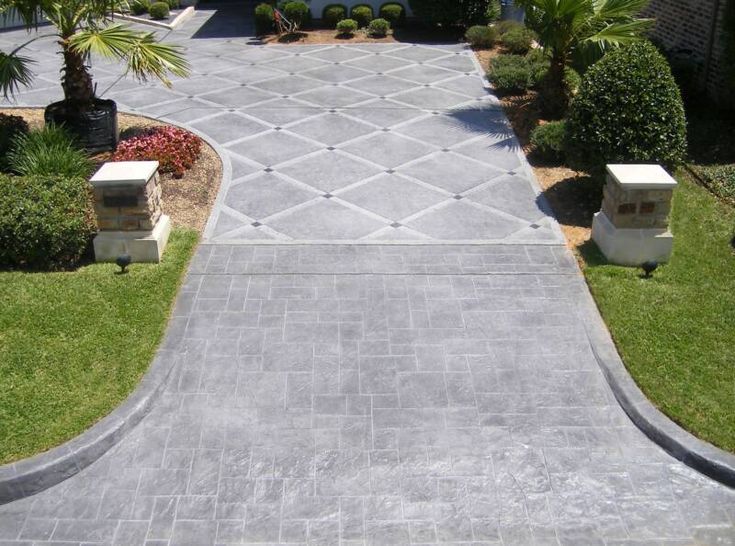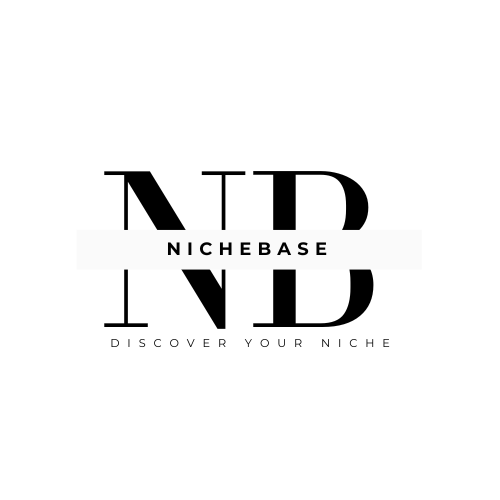
Concrete resurfacing is a popular home improvement technique that can breathe new life into old, worn-out surfaces. Whether it’s your driveway, patio, or even indoor floors, resurfacing offers a cost-effective way to restore the appearance and functionality of your concrete. If you’re considering this option for your property in New York, understanding the factors that influence the cost of concrete resurfacing can help you make an informed decision.
In this article, we’ll delve into the various elements that affect concrete resurfacing costs in New York. By the end, you’ll have a clear understanding of what to expect when budgeting for this home improvement project.
What Is Concrete Resurfacing?
Concrete resurfacing is the process of applying a thin layer of new concrete or polymer-based coating over an existing surface to restore its appearance, smooth out imperfections, and extend the lifespan of the concrete. Unlike traditional concrete replacement, which involves tearing out and replacing the old surface, resurfacing is a quicker, more affordable alternative.
This process can address a variety of issues, such as cracks, stains, discoloration, or surface wear. It’s commonly used for driveways, walkways, patios, pool decks, and garage floors.
Factors That Influence Concrete Resurfacing Cost
The cost of concrete resurfacing can vary widely based on several factors. While each project is unique, the following elements are typically the most significant drivers of cost.
- Size of the Area
One of the primary factors in determining the cost of concrete resurfacing is the size of the area that needs to be resurfaced. Larger surfaces naturally require more materials and labor, increasing the overall cost. Whether you’re resurfacing a small porch or a large driveway, the square footage will play a crucial role in pricing.
- Condition of the Existing Concrete
The condition of the current concrete is another major determinant of cost. If the surface has extensive damage, such as deep cracks or large holes, additional preparation work may be necessary. This might include cleaning, filling in cracks, or even repairing certain sections of the concrete before applying the resurfacing layer.
A well-maintained surface with minor imperfections will cost less to resurface than one that requires significant repairs before the resurfacing can begin.
- Type of Resurfacing Material
Concrete resurfacing involves various materials, each with its own price range. The most common options include:
- Cement-based overlays: These are traditional options that involve mixing cement with polymer resins to create a smooth finish. They are durable and versatile, suitable for a wide range of applications.
- Epoxy coatings: Ideal for indoor floors and industrial surfaces, epoxy coatings provide a glossy, durable finish. Epoxy is often more expensive than cement-based overlays, but it offers greater resistance to stains and chemicals.
- Polymer-modified overlays: These materials are often used for decorative purposes, as they can mimic the appearance of stone, brick, or tile. Polymer overlays are more expensive but offer a high-end finish with long-lasting results.
The choice of material can significantly impact the final cost, as more advanced or decorative options tend to be priced higher.
- Labor Costs
Labor is a key element in the overall cost of concrete resurfacing. The labor rate in New York can vary based on location, the complexity of the job, and the experience of the contractors. In densely populated areas like New York City, labor costs tend to be higher due to demand and the cost of living.
The skill and reputation of the contractor also influence the price. Highly experienced contractors may charge more for their expertise, but they can also ensure a smoother, more durable finish.
- Preparation Work and Repairs
In some cases, the existing concrete may require substantial preparation before resurfacing can begin. This includes cleaning the surface, power washing, and repairing any cracks or damage. If your concrete has significant structural issues, it may require patching or leveling to ensure a smooth resurfacing layer.
Additional repairs will increase the overall cost but are essential for achieving a lasting result. Ensure that you discuss potential repairs with your contractor before the project begins so you can adjust your budget accordingly.
- Finish and Design
Concrete resurfacing offers a range of finishing options, from simple, smooth coatings to more intricate designs that mimic the look of stone, brick, or tile. Decorative overlays or stamped concrete finishes, for example, can add to the aesthetic appeal of your surface but may also increase costs due to the complexity and materials involved.
If you’re interested in custom designs or textures, be prepared for higher labor costs and material expenses. While a basic resurfacing job may be relatively affordable, opting for a decorative finish or custom design can raise the overall price.
- Location and Accessibility
The location of your property in New York can influence the cost of concrete resurfacing. Areas that are difficult to access or require additional transportation of materials may incur extra fees. For example, if your driveway or patio is located on a narrow street or has limited access, it may require additional labor or equipment to complete the job.
Additionally, labor and material costs can fluctuate depending on your proximity to major urban centers like Manhattan or Brooklyn, where demand for services is higher.
Benefits of Concrete Resurfacing
While understanding the cost is important, it’s equally essential to consider the benefits of concrete resurfacing. Here are just a few reasons why homeowners in New York choose resurfacing over complete concrete replacement:
- Cost-effective: Resurfacing is typically much cheaper than tearing out and replacing old concrete. This makes it an ideal option for homeowners looking to refresh their surfaces without breaking the bank.
- Quick turnaround: Concrete resurfacing projects can usually be completed much faster than full concrete replacements, reducing the amount of disruption to your daily life.
- Enhanced curb appeal: A resurfaced concrete surface looks as good as new, adding to your property’s curb appeal and potentially increasing its value.
- Durability: With the right materials and proper maintenance, resurfaced concrete can last for many years, providing a long-term solution to damaged or aged surfaces.
Final Thoughts on Concrete Resurfacing Costs in New York
Concrete resurfacing is an effective and affordable solution for renewing worn-out concrete surfaces in New York. The cost of resurfacing can vary based on factors like the size of the area, the condition of the concrete, the materials used, and the complexity of the job. By understanding these variables, you can make an informed decision about whether concrete resurfacing is the right choice for your home.
To ensure the best results, it’s recommended to work with a reputable contractor who can assess your needs, provide a detailed estimate, and deliver a high-quality finished product. With the right approach, concrete resurfacing can provide a durable, cost-effective solution that enhances the appearance and longevity of your concrete surfaces.





Leave a Reply